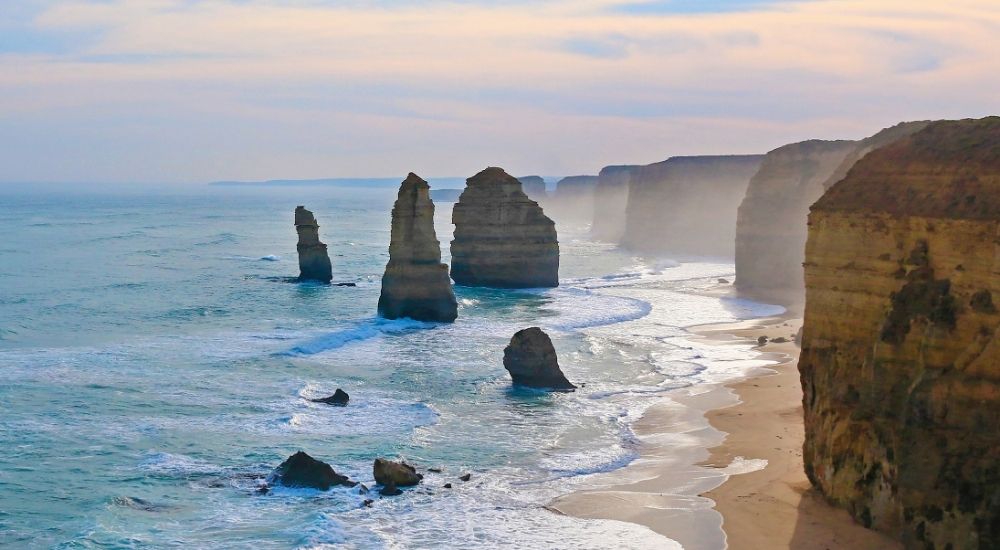Want to know the must see Great Ocean Road attractions? The scenic route of Victoria’s iconic coastal route is jam-packed with glorious sights. See some of the finest surf beaches in the world, trek through rainforest to a magnificent waterfall and take a wildlife walk to spot koalas or kangaroos. Then there are the stunning limestone formations – including the mighty 12 apostles and more.
Attractions from Torquay to Lorne
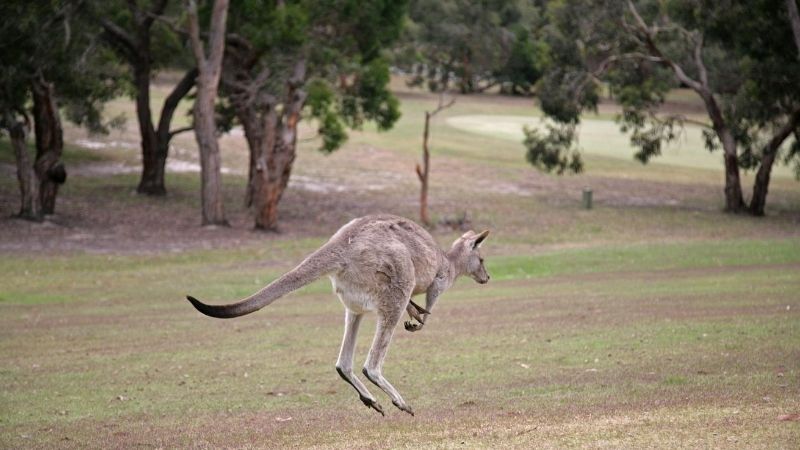
The sector of the Great Ocean Road between Torquay and Lorne is abundant in sandy surf-battered beaches. It is a fabulous place to take long coastal walks, while the memorial arch pays homage to the World War II veterans who built the route.
Bells Beach
An iconic surf spot whose name is known all over the world, the waves at Bells Beach are outstanding. The town is something of a mecca for experienced surfers, and watching them from the cliff-top car park is a highlight of any visit.
Kangaroos at Anglesea golf club
Anglesea Golf Club is better known globally for its 300-strong kangaroo population than it is for putting. The Eastern Grey Kangaroos who reside there can be seen during the daytime and evening, and if your timing is right you might even be lucky enough to see a joey peeping out from an adult female’s pouch.
Split Point lighthouse at Airey’s Inlet
At 34 metres tall, Split Point Lighthouse dominates the local landscape, and the red cap atop the tower can be seen from miles away. This operational lighthouse affords visitors panoramic views over the wider Great Ocean Road area as well as the Eagle Rock Marine Sanctuary. You may even spot whales or dolphins in the sea. There are rock pools at the base for the children to explore, while adults can learn all about the maritime history of this rocky stretch of coastline.
Great Ocean Road Memorial Arch at Fairhaven
A photo of the famous arch is a must for anyone travelling this legendary highway. This most meaningful of Great Ocean Road attractions commemorates the 3,000 veterans of World War II who built almost 250 kilometres of coastal highway between 1919 and 1932. Several soldiers lost their lives during the gruelling construction process, and there is also a sculpture marking the 75th anniversary to the side.
Attractions from Lorne to Cape Otway
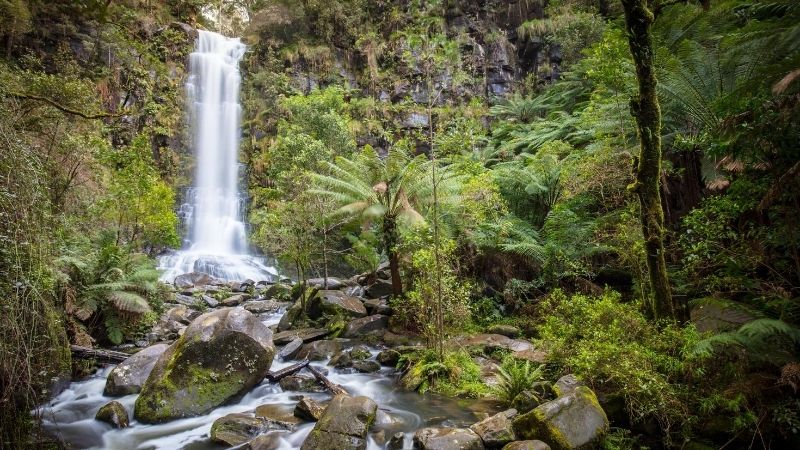
Anyone visiting the Great Ocean Road would not want to miss this splendid area. Breathtaking waterfalls, koala-spotting and rainforest treks are just some of the highlights. There’s also the country’s oldest mainland light station and some superb craft beer to sample.
Erskine Falls – Lorne
Stunning Erskine Falls is easy to reach from Lorne and is one of the Otways’ most popular sites. It is also one of the most accessible, being just a five-minute walk from the car park. 30 metres of cascading water tumbles into the pool below, and the scene is framed by a pretty tree-fern gully typical of this fertile region.
Koalas at Kennett River
Don’t miss calling into the tiny settlement of Kennett River – it’s one of Australia’s best spots in which to see wild koalas. Look up as you join Grey River Road and you should spot some koalas up in the gum trees. They are more active by late afternoon, when you might witness them grooming, eating eucalyptus leaves, or searching for new food sources.
Apollo Bay Brewhouse
Over 100 different craft beers are served up at the Apollo Bay Brewhouse alongside local produce and fine wines. The on-site bistro is open daily for lunch and dinner, while the family-friendly bar has live music and televised sports. Cosy up by the fire in winter, or in summer enjoy the magnificent coastal views from the beer garden.
Cape Otway Lightstation
Cape Otway lighthouse was built in the mid 1900s and occupies a lofty position 90 metres above the Bass Strait. For many migrants, seeing this ‘Beacon of Hope’ was their first glimpse of Australia, following a long voyage over the seas from Asia, North America or Europe. Visitors to the lightstation can also explore the telegraph station and a World War II bunker or learn about indigenous culture. Some might even spot migrating whales, who pass the lighthouse all year round.
Attractions from Cape Otway to Warrnambool
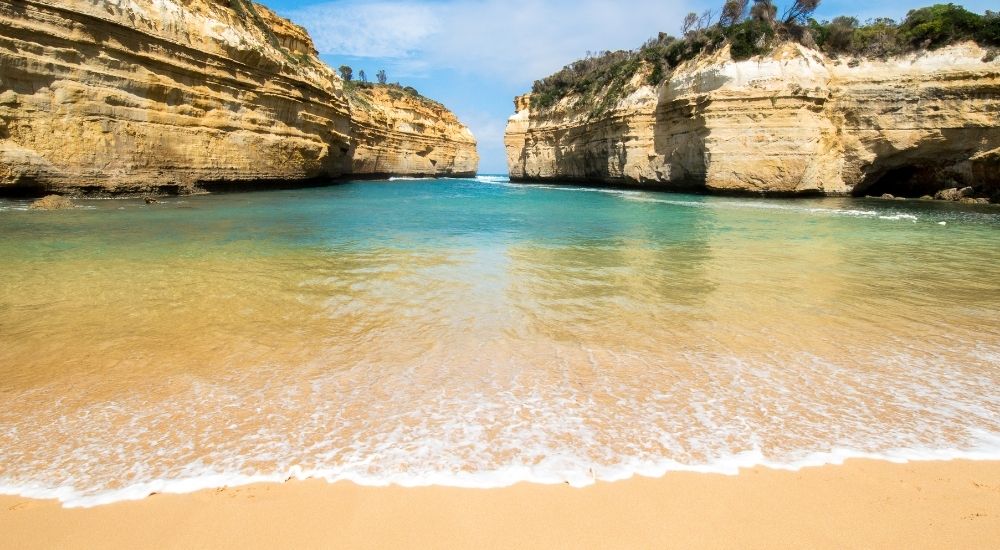
Some of the best things to see on the Great Ocean Road lie between Cape Otway and Warrnambool – also known as the Shipwreck Coast. Not least the 12 Apostles – but other lesser known rock formations such as London Bridge are just as stunning.
The 12 Apostles
If you like your coastal vistas rugged and dramatic, then the 12 Apostles cannot possibly disappoint. Originally a dozen stacks out at sea began life as limestone cliffs some 10–20 million years ago. Stormy weather gradually eroded the limestone to form caves. As the caves also eroded arches were formed, followed by the current stacks of rock up to 45 metres high. Now only 8 stacks remain but they are still an incredible sight. The best time to see the 12 Apostles is at sunrise or sunset, as you can witness the change in colour. A bright sandy yellow in sunshine, the Apostles turn dark and shadowy by nightfall. It’s no wonder the 12 Apostles site is the most famous of the Great Ocean Road attractions.
Wreck Beach
It’s Wreck Beach by nature as well as name, as shipwreck remains can be clearly seen at low tide. The seaside site within Great Otway National Park includes two rusted anchors from the Fiji and Marie Gabrielle shipwrecks – a poignant reminder of just how treacherous the ocean can be. Not surprisingly, swimming is prohibited whatever the sea conditions, and the anchors cannot be accessed during high tide.
Loch Ard Gorge
Close to Port Campbell, Loch Ard Gorge boasts fascinating rock arches and formations, blowholes and offshore stacks. Recommended walking trails vary between 200 metres and 3 kilometres, so it’s easy to spend two or three hours here. Don’t miss Mutton Bird Island lookout at dusk from spring to autumn, as the resident short tailed shearwaters – aka mutton birds – return to the roost.
The Arch, London Bridge and The Grotto
Just past the 12 Apostles and Port Campbell is another trio of rock formations that it’s well worth stopping to see. London Bridge was previously an archway, but it collapsed in 1990 – leaving two tourists stranded on top who were then rescued by helicopter. Visit the lookout at dusk to spot native little penguins coming back to the protected beach below, while in winter you might see migrating whales. The Arch demonstrates how the 12 Apostles were formed, as erosion will eventually cause this too to collapse and form stacks. For a magical experience, don’t miss the Grotto with its tranquil rock pools inside the cavern-like interior.
Bay of Islands
A favourite with photographers, the Bay of Islands reflect light to magnificent effect. Visit one of the two viewing areas at sunset – or during cloudy conditions – for the best results. These rock stacks stand out due to their colour – a lighter limestone than the other formations found on this coast.
Whale watching at Logan’s Beach Warrnambool
With very few exceptions, Southern Right whales come back to Logan’s Beach to calve every year. Visit between June and September and you can watch these huge aquatic creatures from the viewing platform or the sands. Resident in the sub-Antarctic during summer, they spend winter in Australia’s warmer waters. While males, young adults and yearlings stay out at sea, the females stay close to the shore when calving.
Visit Flagstaff Hill Maritime Village Warrnambool
The coastal town of Warrnambool, at the end of the Great Ocean Road, is where you’ll find Flagstaff Hill Maritime Museum and Village. Via an interactive museum, virtual tours and light and sound shows, visitors can learn all about those whose property – and lives – were destroyed on the Shipwreck Coast. You’ll also step back in time and see how people lived in the early days of European settlement in the area. Make sure to visit the lolly shop for some sweet treats!
What Great Ocean Road attractions interest you the most?
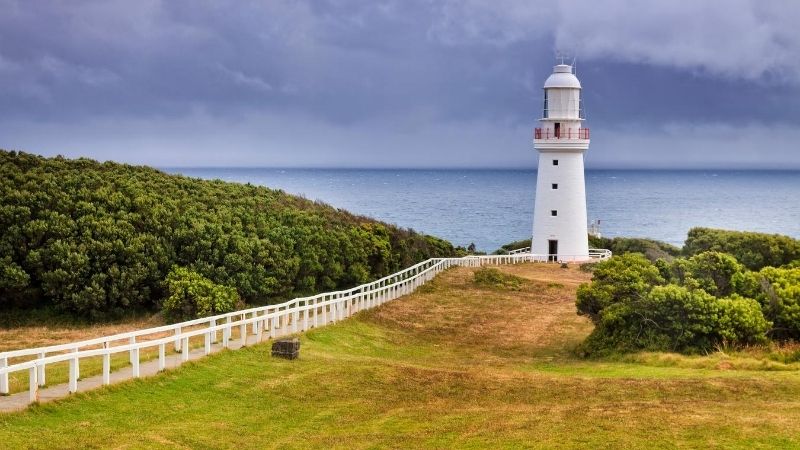
With so much to see on a Great Ocean Road trip what do you want to experience the most? Will it be seeing koalas or kangaroos in the wild, catching a wave at Bells Beach, or seeing the stunning limestone rock formations and stacks that this coastline is famous for? Whatever you choose, you’re bound to discover something sublime.

